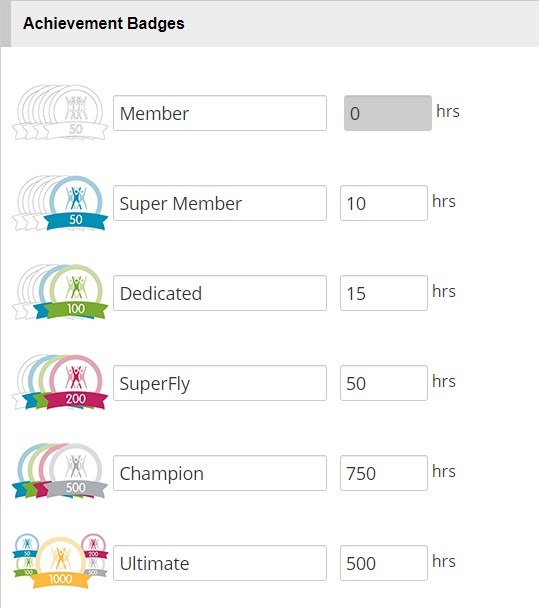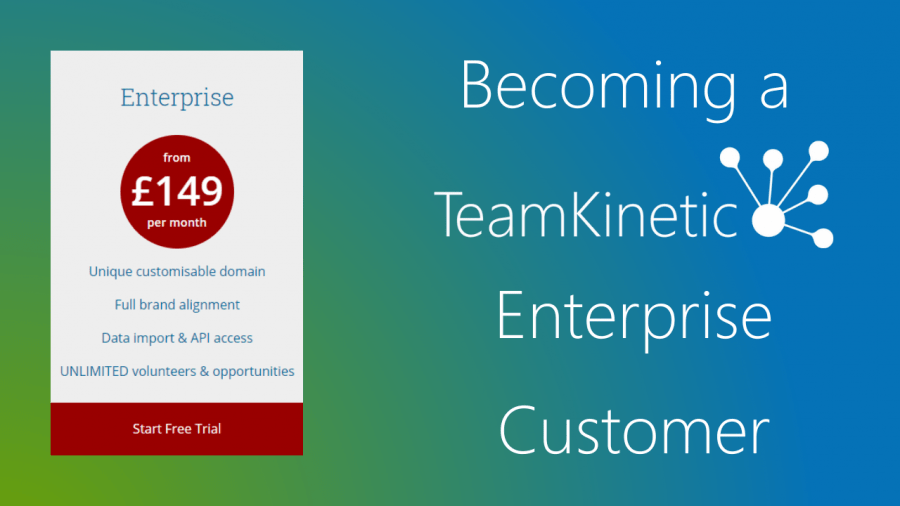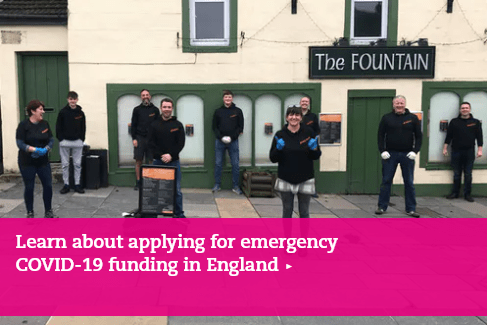Volunteering at its core is an entirely selfless activity completed by people with no expectation of acknowledgement. Despite this, we believe volunteers deserve to be rewarded for their hard work. But how do you do this without them logging hours?
Why is logging hours so important?
In short, data. This data is key to your organisation to:
- Measure success. Logged hours can represent the amount of work your volunteers are doing for their community or particular cause.
- Track your audience. Knowing which volunteers are continually volunteering and which ones aren’t could be incredibly insightful. Is there a particular demographic volunteering more than others? Is there a demographic that is hard to retain? This data could uncover aspects that need to change, leading onto our next point…
- Make improvements. No volunteering programmes are perfect, but the best ones regularly review and make changes to improve. If there’s a particular demographic that isn’t returning, why?
So how do I persuade volunteers to log their hours?
- Show them how easy it is. Showing volunteers how quickly they can log hours might help them
- Incentivise! Offering rewards can be a great way to get volunteers logging their hours. However, the best way to do this is to offer low-value rewards as often as possible.
- Intrinsic vs extrinsic motivation. Imagine this: you offer one big prize (e.g. a hoodie), after a volunteer has logged 100 hours. They log hours as a way of reaching that prize, but once they reach those 100 hours they lose motivation to log future hours – or worse, return at all. (Extrinsic motivation)
However, if you offer small rewards such as thank you messages they will be consistently motivated by the positive way the act makes them feel. (Intrinsic motivation)

Intrinsic motivation is all about making your volunteers continually feel good about the work they’re doing and the difference they’re making, rather than working towards one particular reward.
So how do you keep up this motivation? Giving them nice feedback is a great place to start! This will show how much you value them and will mean more to them than you may think.
Utilising TeamKinetic to Incentivise Volunteers
Leaving Feedback
TeamKinetic allows you to leave feedback when logging a volunteer’s hours. If you forget or don’t have time to personally thank your volunteer at the end of their session, this section gives you the chance to do so. It also lets the volunteer log their own hours and leave feedback about the opportunity they joined.
Ask anyone who has volunteered – receiving feedback is a great feeling and can push volunteers to return and continue volunteering for you.
Achievement Badges

This incentive is a great way to push your volunteers to log more hours. Once a volunteer logs their hours, they will add together to create their total volunteer hours. A small way to help increase volunteers’ hours is to have achievement badges when they reach certain hour milestones.
TeamKinetic has achievement badges automatically built into the system. The achievement badge pictures and names can be customised. These badges are a great way to incentivise volunteers and get them to keep on volunteering so they can reach the next milestone.
Custom Badges

Have you ever thought about starting a ‘volunteer of the month’ award? To give your volunteers an extra incentive to volunteer more or make them feel appreciated? Yes? Keep reading, you may like what you see…
TeamKinetic allows you to create custom award badges for your volunteers. These could be ‘volunteer of the month’ or ‘volunteer of the year’. They can be absolutely anything you want and look however you want, with the fully customisable option! Once you have assigned the award to a volunteer, they will receive an email with the award in it to congratulate them. Again, this recognises the efforts your volunteers put in, helping you to retain more volunteers and hopefully gain more.
Logging hours with TeamKinetic
Logging hours with TeamKinetic is easy – as it should be on any volunteer management system. See below for the full process laid out in less than 25 seconds!
And if that’s not clear enough you can check out our full tutorial videos on logging hours as an opportunity provider and logging hours as a volunteer!
Think it’s time to invest in volunteer management software?
You can start a free trial of TeamKinetic on our website. This will let you check out all our features for 30 days. If you like what you see, contact us to book a demo and see how we can help your organisation manage your volunteers!
You can find TeamKinetic on social media and listen to our podcast:
Twitter Facebook LinkedIn YouTube Instagram Podcast
Have you enjoyed using TeamKinetic? If you could leave us a review on Capterra, we’d really appreciate it! We’ll even send you a little thank you.































